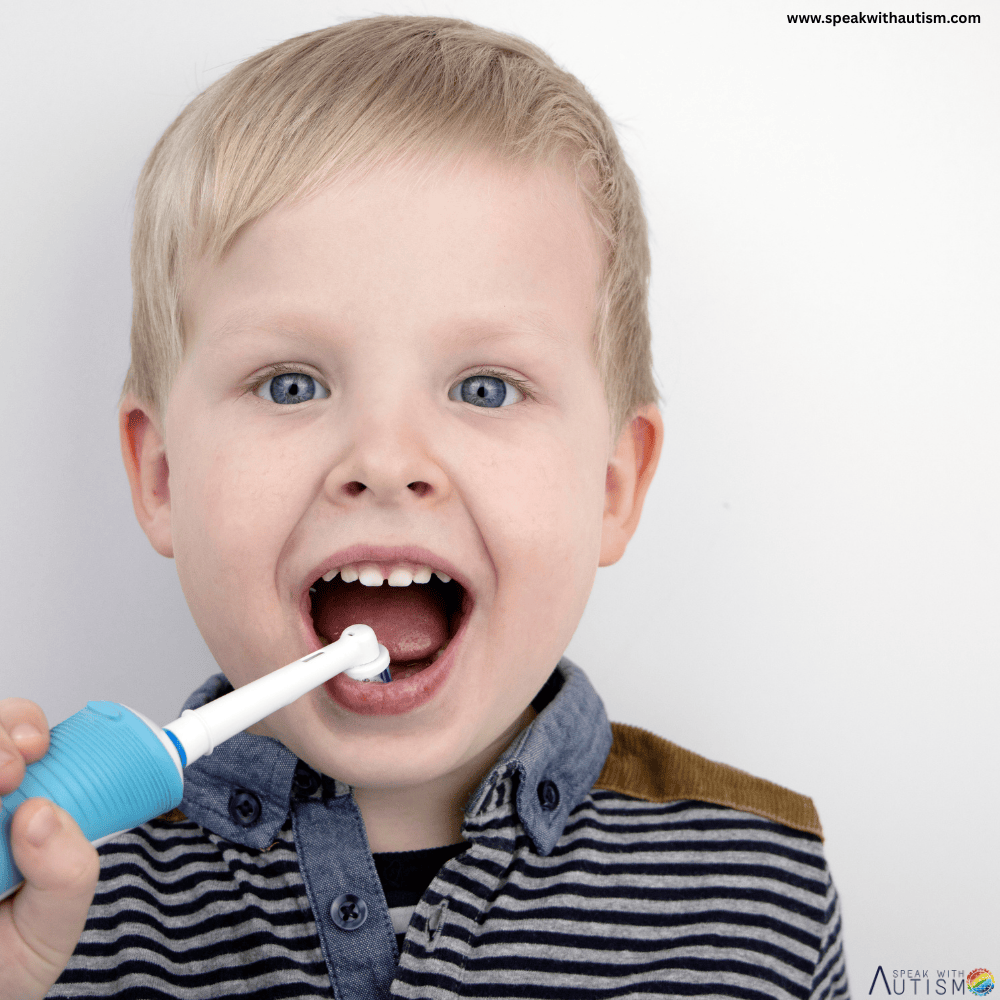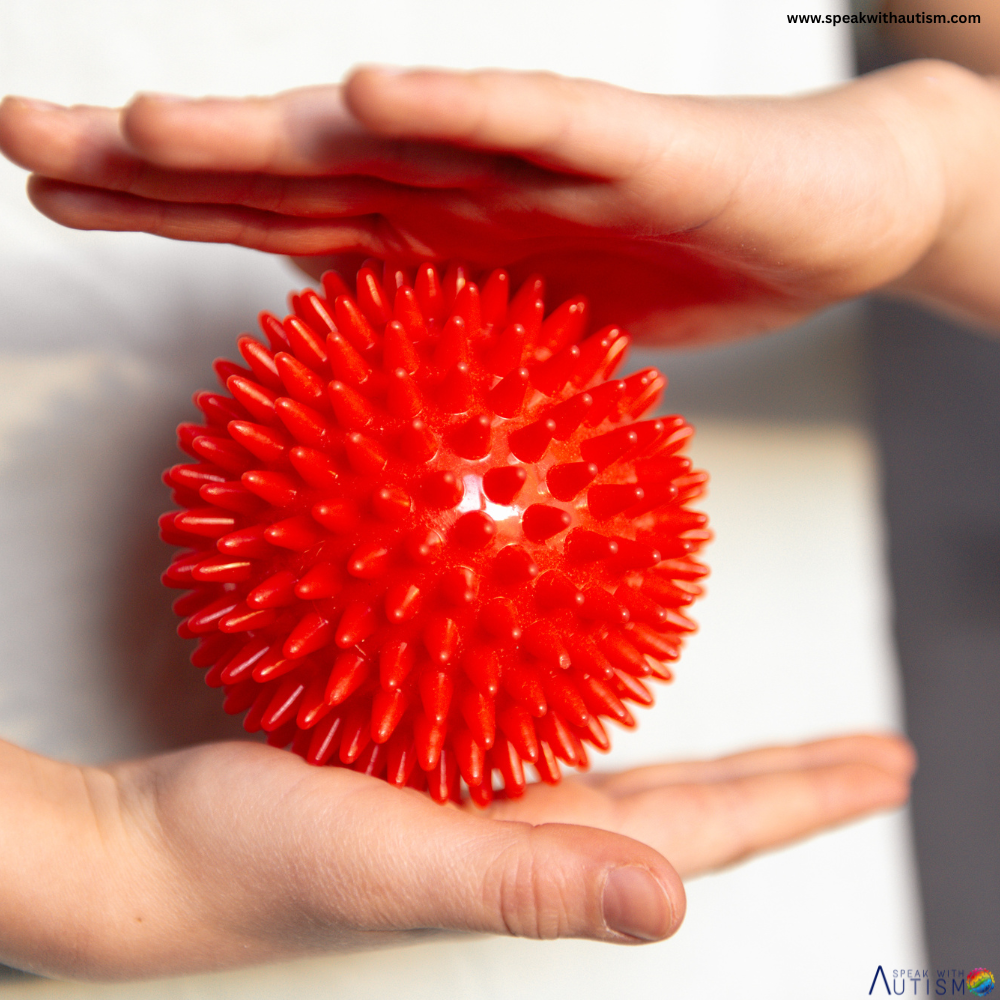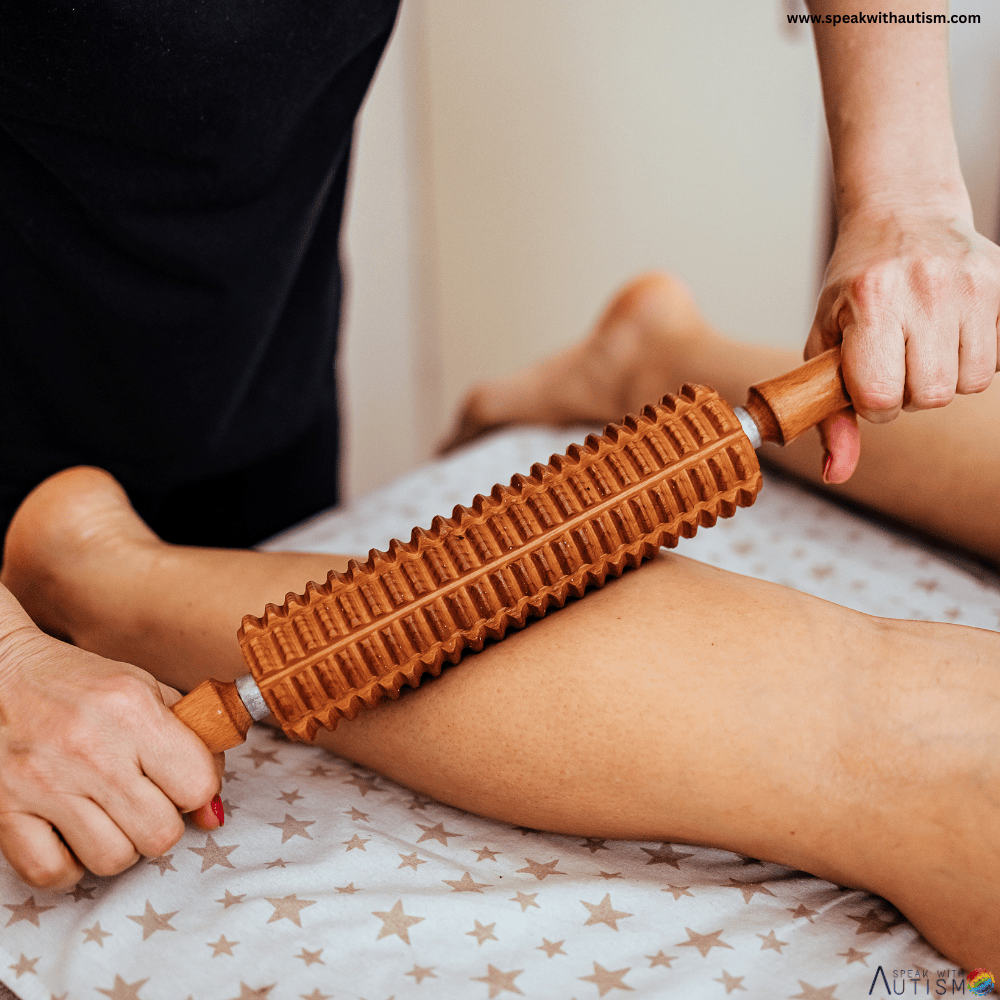Vibration Techniques for Speech Therapy: Vibration techniques can be a valuable tool in speech therapy, particularly when targeting voice production, resonance, articulation, and oral-motor function. These techniques are often used by speech-language pathologists (SLPs) to stimulate sensory input, improve muscle tone, and facilitate better motor planning for speech.
🕒 Duration: 1–2 minutes per activity (total 10–15 minutes daily)
🔒 Always supervise your child and ensure all tools are clean and safe.
Table of Contents
10 Vibration Techniques for Speech Therapy
1. Electric Toothbrush

🟢 Purpose: Provides gentle oral vibration to increase sensory awareness.
Steps:
- Turn on a soft-bristle vibrating toothbrush.
- Gently touch the child’s lips, then cheeks, then tongue (5–10 seconds each).
- Watch for comfort—stop if the child pulls away.
2. Humming Toy

🟢 Purpose: Vibrates facial muscles to stimulate awareness.
Steps:
- Use a small toy massager or vibrating toy.
- Place it gently on each cheek for 10 seconds.
- You can also try it under the chin or jawline.
3. Lip Buzzing (“Brrr”)
🟢 Purpose: Helps with lip closure and airflow.
Steps:
- Say “Brrrrr” while letting your lips vibrate.
- Let your child feel the vibration by touching your lips.
- Encourage them to imitate the sound.
4. Spoon Vibration
🟢 Purpose: Provides light touch stimulation.
Steps:
- Tap a metal spoon gently on a table to cause vibration.
- Lightly touch the vibrating spoon on the child’s lips or cheek.
- Do for 5 seconds per area.
5. Finger Vibration (Zzzz Sound)
🟢 Purpose: Adds fun to touch-based awareness.
Steps:
- Wiggle two fingers and say “Zzzz” like a bee near their cheek.
- Gently press the cheek while doing it.
- Repeat on both sides, 2–3 times.
6. Massage Roller (Optional)

🟢 Purpose: Relaxes jaw and cheek muscles.
Steps:
- If you have a baby-safe mini massage roller, turn it on.
- Roll it gently over the cheeks and jawline in circles.
- Use for 10–15 seconds per side.
7. Blow Toy Vibration
🟢 Purpose: Combines blowing and vibration.
Steps:
- Use a vibrating whistle or sound-making blow toy.
- Blow into it first, let your child feel it vibrate.
- Allow your child to try blowing into it.
8. Tongue Tickler

🟢 Purpose: Stimulates the tongue gently.
Steps:
- Use a soft vibrating toothbrush or teether.
- Lightly touch the tip and sides of the tongue for 2–3 seconds each.
- Be very gentle to avoid gag reflex.
9. Cheek Press (“Mmm” Sound)
🟢 Purpose: Adds vibration and sound together.
Steps:
- Gently press both cheeks inward.
- Say “Mmmmmm” in a humming voice.
- Let the child try repeating the sound.
10. Vibrating Straw (with Air)
🟢 Purpose: Focuses on lip and breath coordination.
Steps:
- Blow air gently through a straw while placing it on your lips.
- Let the straw make a light vibrating buzz.
- Let the child feel it, then try it themselves.
✅ Parent Tips for Vibration Techniques for Speech Therapy
- Start slow and gentle — let your child get used to the sensation.
- Stop immediately if your child shows signs of discomfort or irritation.
- Make it a fun game: use sounds, songs, or playful actions.
Frequently Asked Questions (FAQ’s)
What are vibration techniques in speech therapy?
Vibration techniques involve the use of gentle vibrations on the face, lips, tongue, or jaw to stimulate sensory awareness and support speech production. These can include tools like vibrating toothbrushes, toys, or simple vocalizations.
Why are vibration techniques used in speech therapy for children?
They help increase oral sensory input, support muscle activation, and improve coordination needed for speaking. This can be especially beneficial for children with speech delays, motor planning challenges, or sensory processing issues.
Is it safe to use a vibrating toothbrush on a child?
Yes, if it’s a soft-bristle, child-safe electric toothbrush and used under supervision. Only apply it gently to areas like the lips, cheeks, or tongue.
What should I do if my child pulls away from a vibration tool?
Stop immediately. Pulling away can be a sign of discomfort or sensory overload. You can try again later with a gentler approach or for a shorter duration.
What is the purpose of using a “humming toy” in therapy?
It vibrates the facial muscles and helps the child become more aware of those areas, which supports speech development and articulation.
Can vocal sounds create vibration for therapy?
Absolutely! Sounds like “Brrrrr”, “Zzzz”, or “Mmmmmm” create natural vibrations that help children feel how sound is produced in their mouths and faces.
What is the role of a vibrating straw in speech therapy?
It combines breath control and lip coordination, encouraging children to feel and control air as they make sounds, which supports clearer speech production.
